From the day of its first release in June 2014, the concept of Material Design that was developed by the Google company became real modern classics. Nowadays design follows the intention to simple and neat interfaces. The primary aspiration of modern website and mobile application developers is to keep their creations as simple as possible and attractive at the same time. Simplicity and bright colors are the main features of this approach. Material Design even went beyond the websites and mobile apps. The latest version of Google Chrome browser for desktops was developed following its fundamentals. In this article, I’ll talk about five frameworks that can help you build websites and mobile applications that follow the Material Design paradigm. I tried to focus on different types of tools, so it’ll be easier for you to pick one that best matches your intentions and skills. Well, let’s start.

Material-UI
If you follow the latest web development news, you probably know that the React framework, made by Facebook became pretty popular lately. Cutting edge features like Virtual DOM or isomorphic JavaScript can provide you with a high level of performance. Add to this the possibility of deep customization with low efforts and high level of code reuse and you’ll understand why React is so trendy. Material-UI is a framework that represents a set of React components implementing Material Design principles. There are to themes allowed – dark and light. The documentation is well written and describes the required installation steps. But there’s something that Iwant to warn you about: React uses JSX language, so working with this framework may be a little bit unconventional at the first steps.
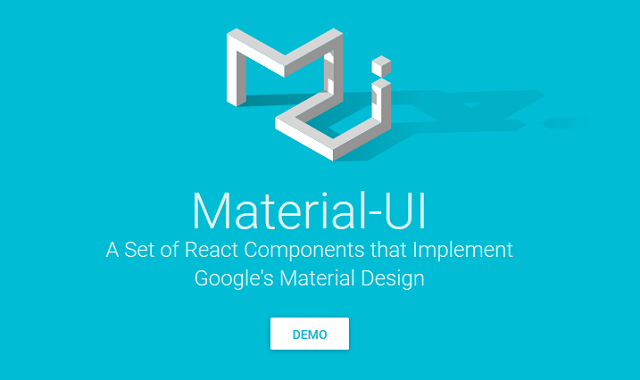
Webix
If you want to get a set of advanced out-of-the-box UI components, you can try Webix. Unlike React this framework doesn’t give much freedom to your imagination if we talk about customization. But Webix provides you with the more powerful version of components such as tree or table. A set of available widgets varies from a simple button to something more complex like Kanban, for example. The basic knowledge of JavaScript will be enough to create the layout and add the required elements to your app. Documentation is well written and contains a bunch detailed step by step guides. But the bad news is that Webix doesn’t support Material Design by default. For its implementation, you should use the proper skin. Follow this guide to learn how you can add it to your project.
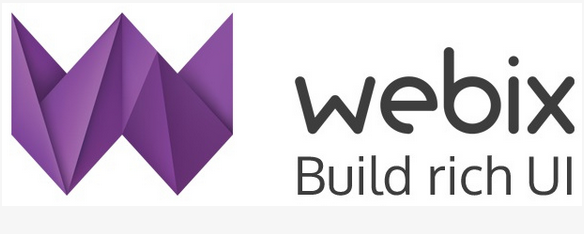
DHTMLX Suite
Let’s talk about the multipurpose solution. DHTMLX Suite is JavaScript UI library for building cross-browser web and mobile applications. Besides the set of UI components of different level of complexity such as Chart and Calendar, you can use some additional tools. Among them, you can find Form Builder and Visual Designer, tools for the drag-and-drop visual creation of user interfaces. Starting from the version 5.0 Material Design became a default one. So, there are no need in extra work and no external dependencies.
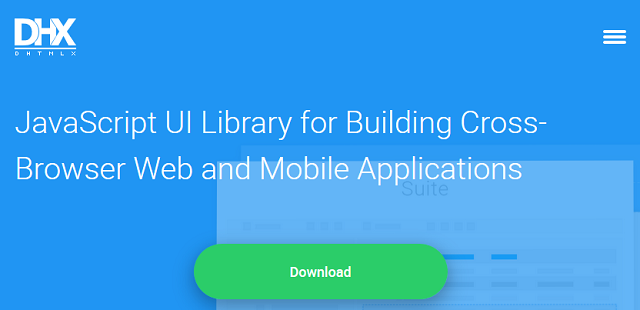
Angular Material
You probably have heard of the Angular framework. And most likely have worked with it if you have some web development experience. If you enjoyed its possibilities, you could try Angular Material. It’s a full-featured framework that backed by Google’s very considerable resources. Both Angular popularity and Google support make Angular Material pretty popular and famous. The documentation is well written, demos are pretty attractive, and the API reference is quite detailed.
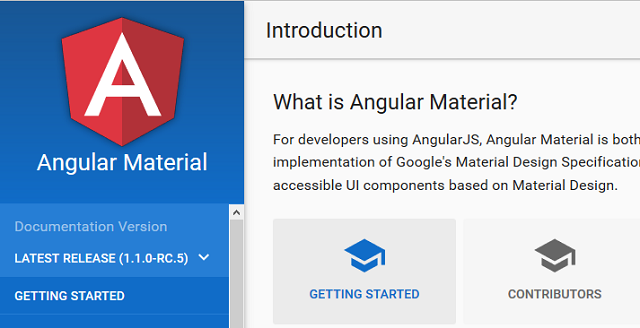
Materialize
If you just start planning to start implementing Material Design in your projects, Materialize could be a good start for you. It works similar to Bootstrap, and the elements can be accessed through CSS classes. You can use this responsive front-end framework just like you use Bootstrap. All you need to do is to import the proper CSS file. It’s pretty simple to get started with, and the SASS version of the framework allows you to choose what components you want to include to your project.
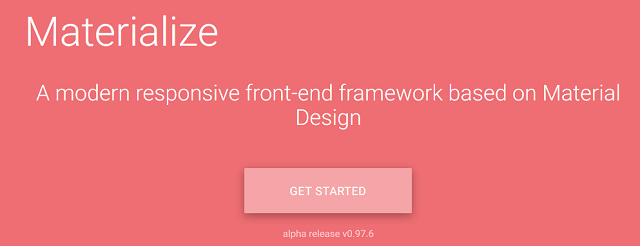
Conclusions
It seems like Material Design it is here to stay. It is well polished and researched. From day to day we can see more and more new websites and mobile applications that follows the idea of simplicity. The new versions of well-known apps are not far behind and encouraging users with new and user material user interfaces. To stay hip and relevant you should always follow the cutting edge trends. And today, one of these trends is Material Design. It’s hard to enumerate all the available frameworks that allows you implement it in your project. But I have tried to introduce you to different kinds of them. There is light and easy to learn Materialize that will be a good choice for newbies. On the other hand, there is DHTMLX Suite, a collection of wide variety of tools and components. I hope that you’ll find one that suits your needs better and will be able to help you to bring your ideas to life.
